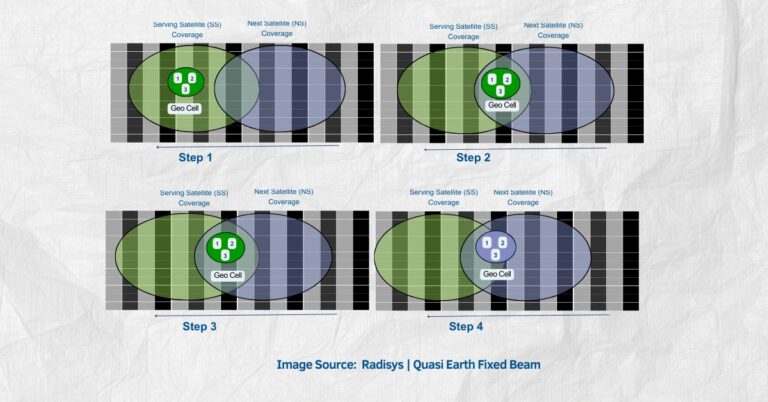OneWeb, the worldwide communications network that uses low Earth orbit (LEO) satellites, announced today that it’s launching a “Try Before You Buy” service for the maritime sector. This service is for maritime users who want to experience OneWeb’s fast (more than 100mbps), flexible internet packages while at sea.
OneWeb has 634 functioning satellites circling the Earth. Its network of satellites can provide service down to 35 degrees latitude and is now fully up and running. The last of OneWeb’s ground stations are expected to be finished and all necessary requirements are set to be in place by the end of the year. This means OneWeb is well-positioned to provide full maritime services around the world. Starting now, OneWeb will begin selling these services to the maritime industry through its specialist maritime partners.
OneWeb, along with its partners, have come up with several hardware products for their service. These products are available from Intellian and Kymeta, two trusted maritime communications providers. Offering products from two well-established providers gives customers more options.
OneWeb’s service is based on a Service Level Agreement (SLA) model. This means customers can choose flexible options with guaranteed service levels. These are set by simple CIR (Committed Information Rate) and/or MIR (Maximum Information Rate) packages.
OneWeb’s fully encrypted network uses a layered service approach to make sure users have total privacy. The service can also provide different profiles to separate crew and operational traffic on the same terminal.
Carole Plessy, who is the VP Europe and Maritime at OneWeb, said: “We announced our commitment to the maritime community at Nor-Shipping four years ago. Since then, the need for fast, everywhere internet access all over the world has shot up. Now, with our full satellite network in place, we can launch our guaranteed connectivity services to the maritime industry. We worked closely with our trusted industry partners to make this happen. We’re excited to launch our ‘Try Before You Buy’ maritime service at Nor-Shipping and to help our customers find the best connectivity solutions for their needs.”





























